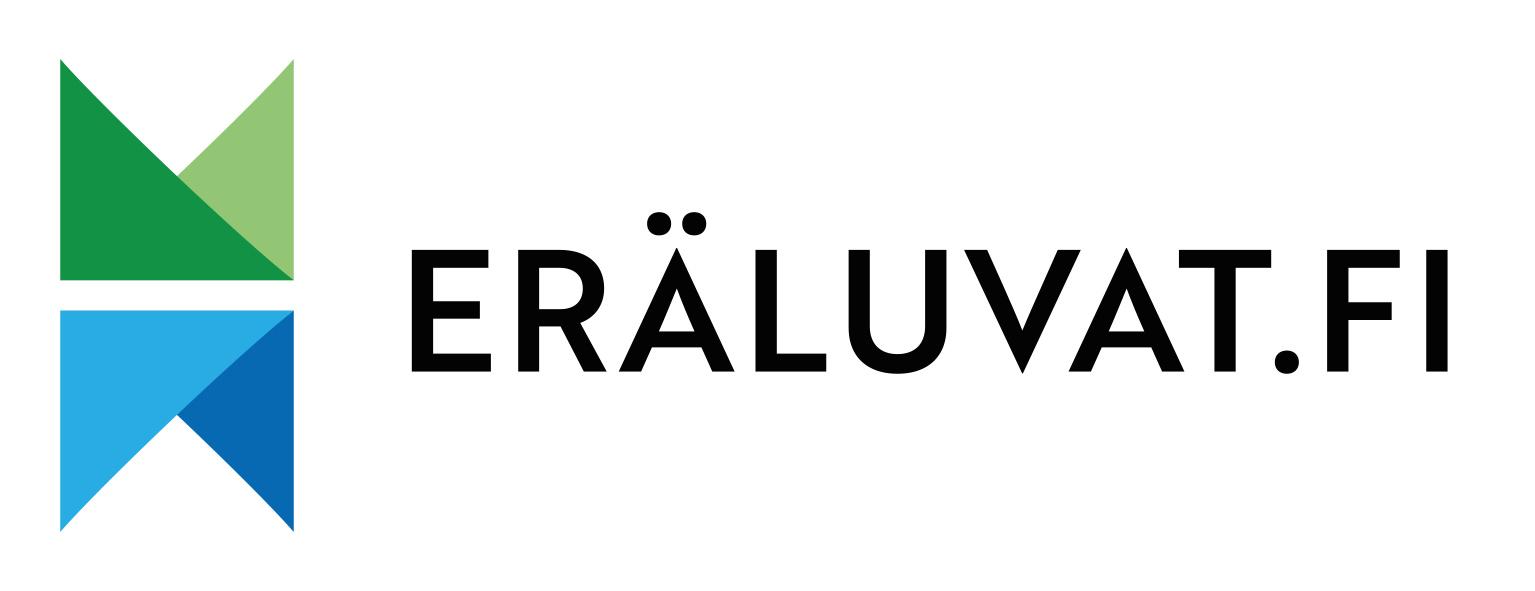Planning of fishing activities
Game and fisheries experts are tasked with finding the right balance when it comes to fishing in state-owned waters. Fishing arrangements must be sustainable where both nature and fishers are concerned. Carefully planned and scaled fishing arrangements ensure the sustainable use of fish stocks and the ability of fishers to enjoy their hobby long into the future.
More information is provided by the Game and Fisheries Planners of Metsähallitus. On page Game and fisheries staff you can search for the right person by their name, expertise (fishing) or region.
Fishing arrangements
Fishing arrangements and limitations are a central part of fish stock management and the actual fishing that is done at different fishing destinations. The Finnish Fishing Act and Fishing Decree set a framework for fishing in Finland. These documents define, among other matters, the catching seasons and minimum catch sizes of fish species.
Additionally, the owner and controller of a water area may set more detailed terms and conditions for fishing in their waters. On one hand, fishing arrangements and limitations aim to secure the viability of fish stocks and the natural reproduction cycles of fish species. On the other, they may aim to promote fishing as a hobby and make fishing more enjoyable for different groups of fishers, such as children.
Typical fishing limitations in the water areas of Metsähallitus:
- Catch quotas
- Mesh size limitations on fishing nets
- Minimum catch sizes
- Fly fishing only areas
The arrangements and limitations for a specific destination may be found in the permit terms on the description page of the permit area.
Catch feedback
The planning of fishing activities is also based on catch feedback. When an angler submits a fishing catch report after fishing at their favourite destination, they participate in the management of those waters. When discussing trap fishers, the catch reports submitted by net fishers are especially important.
Fishing log Tuikki.fi was shut down at the end of January 2021. After this, fishers can submit their catch reports by answering a fishing survey. Survey is being tested together with Natural Resources Institute Finland in 2020–2021.
Quotas
The game and fisheries staff of Metsähallitus defines fishing quotas for fishing waters, i.e., places limits on how much fish can be lifted out of a water area. In practice, this means limits on how many traps there can be in certain water areas and how many permits are sold for a specific fishing area. In addition to sustainable fishing, quotas are also set to make fishing socially sustainable, meaning that sometimes quotas are set to make fishing more peaceful and pleasurable in certain waters.
Work is supervised by a Director of Game and Fisheries, who issues a quota decision on the number of traps there can be in water areas and how many permits may be sold for recreational fishing destinations. Quota decisions remain valid for three years. It does not override other decisions concerning fishing bans, i.e. quota decisions may also specify sites where fishing is temporarily prohibited during the period of validity of a quota decision.
Permit pricing
Fishing permits issued by Metsähallitus follow either absorption cost pricing or commercially determined pricing. The pricing decision is reinforced by the Decree of Public Charges given by the Ministry of Agriculture and Forestry. The same Decree also defines which permits follow absorption cost pricing and which follow commercial pricing.
Permits with absorption cost pricing:
- trap permits
- crayfishing permits
- commercial fishing permits
- river permits for residents of the municipalities in Northern Lapland for fishing in salmon and trout migration areas
Permits with below absorption cost pricing:
- fishing permit for research purposes
Permits with commercially determined pricing:
- angling permits
- leasing of fishing rights
- fishing contest permits
- joint-ownership area permits
- leasing of fishing destinations for salmon or trout
- other fishing permits not mentioned separately in the Decree
According to the Decree, the following permits are free of charge:
- fishing permits for residents of the municipalities in Northern Lapland for fishing in state-owned water areas, excluding salmon or trout migration areas
- river permits for residents of the municipalities in Northern Lapland under 18 years of age for fishing in salmon and trout migration areas
- permits issued in exchange for monitoring and maintaining fishing waters
- stakeholder permits
- fishing permits issued in accordance with the Skolt Act (253/1995)
